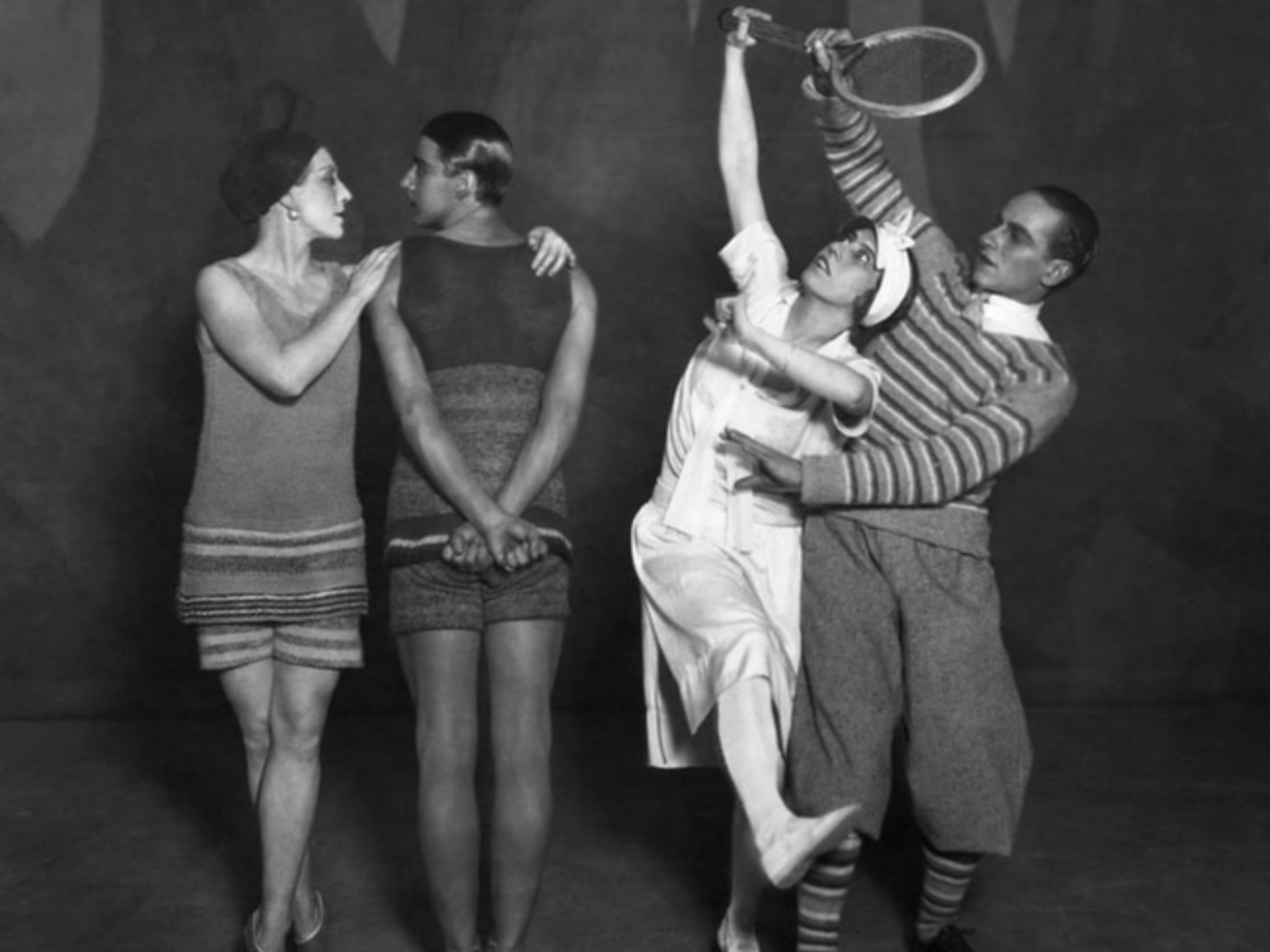The Ballets Russes and Haute Couture 2/3
Whether they are contemporaries of the movement or whether Russia is an inspiration within their collections, many haute couture house designers have infused Slavic accents into their work, often with the Ballets Russes and the avant-gardes as a backdrop.
I invite you to explore together the work of certain creators whose work has inspired me, or that I discovered more fully during my research for the Sew me Ballets Russes collection.
The so-called “Opéra – Ballets Russes” collection from fall/winter 1976 by Yves Saint Laurent:
It was impossible for me not to start with this iconic collection and although the aesthetic of this show was far from what attracted me to evoke the theme, its name alone opened the way to my research.
The influence of Léon Bakst's work is notable in Yves Saint Laurent's work for this collection.

Drawings by Yves Saint Laurent

Sets for the Opéra-Ballets Russes collection by Yves Saint Laurent
Russia is embodied through the traditional blouse with puffed sleeves, the wide and voluminous skirt, the bright colors, the embroidery of the vests and belts, the fur. But we also note a more orientalist approach (with work on turbans, jewelry, taffetas) which also bathed the scenography and costumes of the Ballets Russes company.

clothes from the Opéra-Ballets Russes collection by Yves Saint Laurent

drawing by Léon Bakst, Bérénice 1913

Costume by Léon Bakst for the Ballets Russes (character "the Blue God" 1912)
These multiple influences can be found in the work of the couturiers Paul Poiret and Jeanne Paquin, contemporaries of the Ballets Russes.

Paul Poiret evening dress 1991

Paul Poiret Coat 1919

Afternoon dress by Jeanne Paquin (circa 1923-24) featuring fur and embroidery work that refer to the Slavic theme.

Evening dress, collaboration between Jeanne Paquin and Léon Bakst (1912)
This work on the silhouette with an ultra decorative and diverted approach to clothing and traditional Russian craftsmanship is also found in the work of couturiers decades later and will highlight the richness of the folklore of the great Empire and the world of dance mixed together:

Oscar de la Renta set 1980

"Fabergé" dress by Olivier Rousteing for Balmain 2018

Silhouette from the AH 2010-11 Alexander McQueen fashion show

Olympia Le Tan AW 2015-16 Fashion Show
From Coco to Karl, Russian Paris by CHANEL
Last but not least, I end this article on the relationship between Haute Couture and Russia, the most emblematic and which has greatly inspired (and fascinated) me.
Coco Chanel was a friend and patron of Serge Diaghilev and his Ballets Russes. She notably designed the costumes for the ballet "Le train bleu".

In 1923, Coco launched a Haute Couture collection inspired by traditional Russian clothing: the roubachka (men's blouse), folk embroidery and fur reflect a romanticized vision of Russian sophistication according to Gabrielle Chanel.

Chanel later hired the Russian artist Iliazd for her company TISSU CHANEL from 1927 to 1935, who designed patterns for her under the influence of the Russian avant-garde and constructivist artistic movement.


Coco Chanel's story with Russia has many facets: patronage, art but also several more intimate stories. After the revolution of 1917, many Russian artists fled to Paris. Gabrielle will meet the composer Igor Stravinsky, whom she will host and with whom she will have an affair. This episode is recounted in this film with an ultra-polished aesthetic " Coco Chanel and Igor Stravinsky ".

And the Parisian exile of the Russian aristocracy will be at the origin of her meeting with the Grand Duke Dimitri Pavlovitch, cousin of Tsar Nicholas II who will become her lover, and his sister the Grand Duchess Maria Pavlovna who will associate with Coco Chanel. Indeed, the precarious financial situation of Maria Pavlovna will push her to use her know-how for traditional embroidery techniques and it is in association with Chanel that she will found her embroidery workshop the Kitmir company.

Chanel evening dress with Kitmir borders (1928)
Chanel's history with Russia will notably give rise to a perfume "Cuir de Russie", to jewelry collections, and Karl LAGERFELD will reinterpret these Slavic influences in 2018 with the collection "Paris-Moscou métiers d'Art".
There we find a jumble of rich embroidery, kokoshnik, fur, but also modern constructivist motifs.


Well, there you have it, now you know everything about the long and exciting path that led me to the Sew Me Ballets Russes collection . I mainly focused here on the close relationship that this movement had with fashion and how it continued to shine on designers long after.
I'll see you soon for the last episode, a real creative and collaborative surprise that I hope you'll like and inspire ;)
















